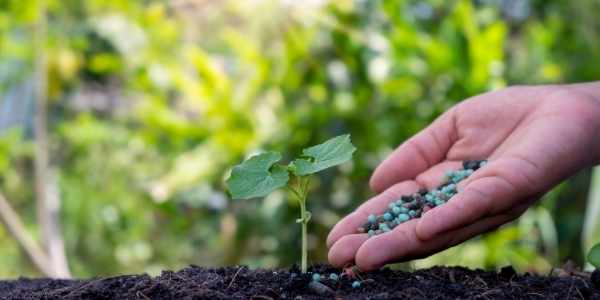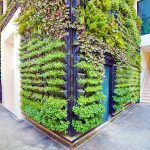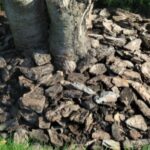Everyone knows someone who has a green thumb. This person’s plants are vibrant, consistently growing, and seem to be thriving. Spoiler alert: These plants probably receive their fair share of fertilizer.
So, what happens if you don’t fertilize plants? Will they wither up and die? Not exactly. If you don’t fertilize your plants, they will simply be less attractive and vibrant than their fertilized counterparts. They might also begin to lack essential nutrients, making them a target for garden pests and diseases.
What Is Fertilizer?
Fertilizer is any substance added to soil that enhances and promotes plant growth. Just like humans, plants need certain nutrients to survive and thrive. General plant fertilizers include the top nutrients for plants: phosphorus (P), potassium (K), and nitrogen (N).
Fertilizers can either be mined from the earth, made from decomposed matter or feces or produced industrially through chemical reactions. The most widely used fertilizers are industrially made, although they are not proven to be any more effective than mined or decomposed fertilizers.
Plants With Fertilizer
With their added dose of nitrogen alongside proper care, fertilized plants are sure to reach their growth potential during their lifetime.
Nitrogen is the key nutrient for overall plant growth and health.
The phosphorous in the fertilizer stimulates the plant’s root growth, transferring energy between the root system and the flowers of the plant.
Finally, potassium helps the movement of water, carbohydrates, and nutrients from one area of the plant to another. Much like a human’s immune system, this improves the plant’s strength against diseases and garden pests.
Plants also require other nutrients, such as sulfur, iron, magnesium, and boron. Your fertilizer mixture may and should also contain some of these components to optimize plant health.
Plants Without Fertilizer
Many plants may not receive enough nutrients to reach their full potential. This is likely to happen with potted plants and plants grown outside of their natural environment. While a plant can still grow without fertilizer, it may have a lackluster leaf color, few flower blooms, or slow growth.
Nitrogen is often seen as the most important nutrient that plants need to grow. Most commonly found within nitrogen gas in our environment, plants cannot get their required nitrogen dose from the air – they must collect it from the soil, where they may not be enough to fulfill the plant’s needs.
Phosphorous is sometimes present in soil organically, but may not be accessible to all plants. Things like microbial activity or the temperature and pH of the soil can prevent plants from accessing this phosphorous.
Potassium is found in the soil in various forms, not all of which are obtainable by plant roots. Things like soil pH, liming, or calcium in the soil could also cause a potassium deficiency in your plant.
You may see that your unfertilized plants show signs of nutrient deficiency; look out for leaves that turn pale or yellowish-green, have brown or burnt edges, or turn bluish followed by reddish over time.
Even if you take good care of your plants, things like the humidity, soil temperature, and air quality can limit their intake of essential nutrients. Fertilizers ensure adequate nutrition and that plants can reach their full potential.



